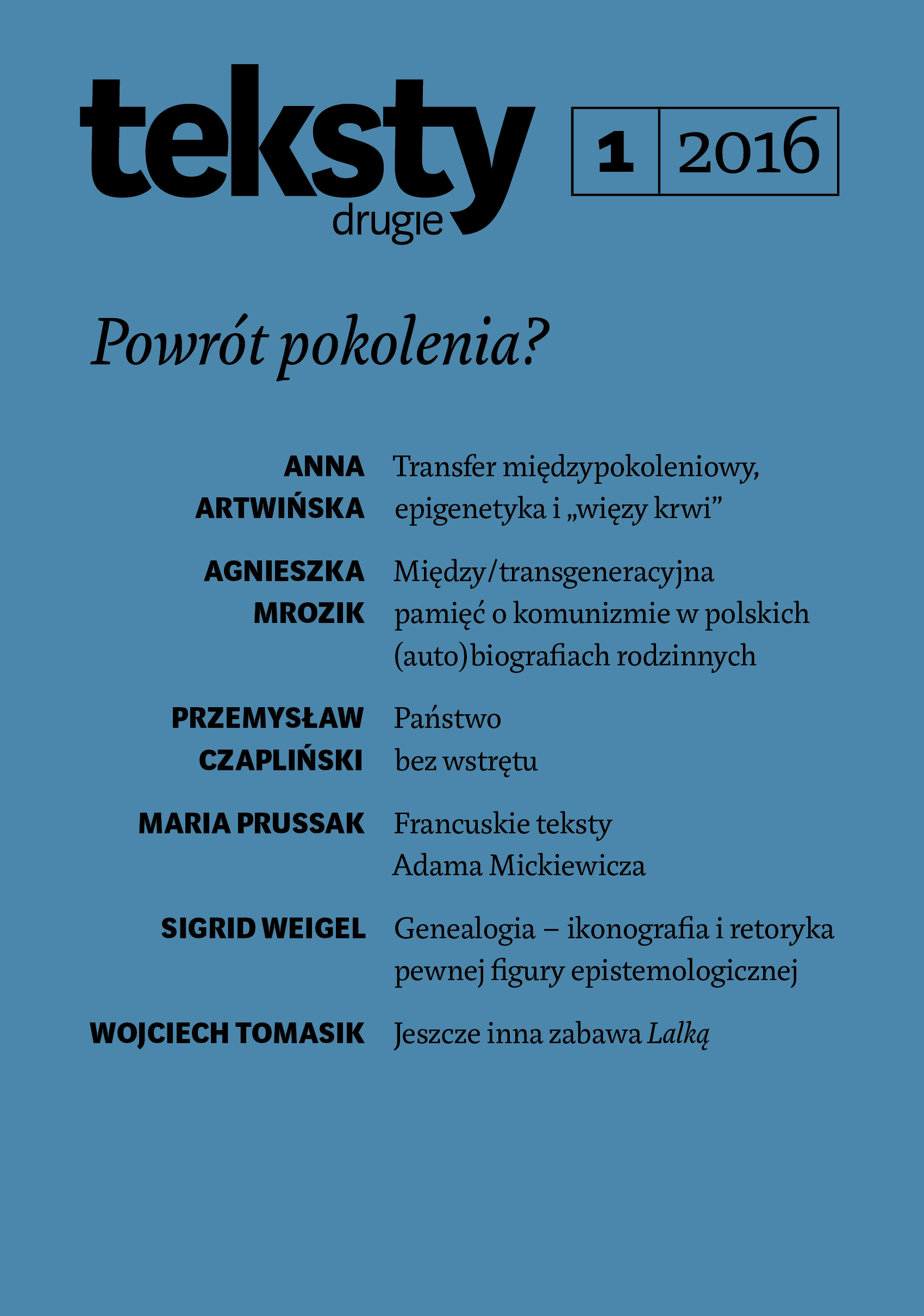
Przywracanie głosu
Review: Tomasz Nastulczyk, Piotr Oczko Homoseksualność staropolska. Przyczynek do badań [Old Polish Homosexuality: A Contribution to Research], Collegium Columbinum, Cracow 2012.
More...We kindly inform you that, as long as the subject affiliation of our 300.000+ articles is in progress, you might get unsufficient or no results on your third level or second level search. In this case, please broaden your search criteria.

Review: Tomasz Nastulczyk, Piotr Oczko Homoseksualność staropolska. Przyczynek do badań [Old Polish Homosexuality: A Contribution to Research], Collegium Columbinum, Cracow 2012.
More...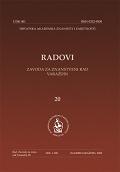
Monastery of the Blessed Virgin Mary and All Saints, or Saint Helen in Šenkovec near Čakovec was originally built in late 14th Century. Over time the monastery complex was largely rebuilt and transformed, and today it is mostly preserved in the archeological layer. A few preserved historical images are important to get a better idea about its appearance. This images can’t be basis for presentation of the site, but they give us an insight to a better understanding of spatial correlations and volumes within this valuable monastery complex.
More...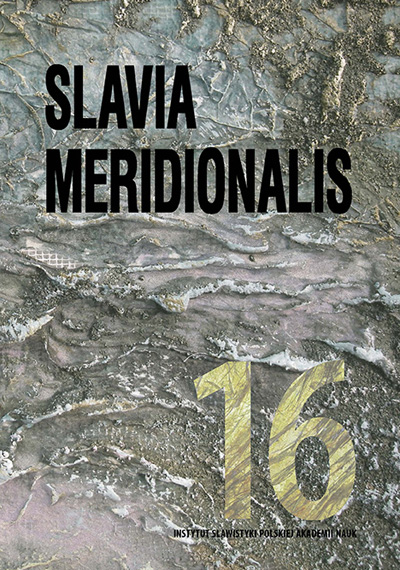
Rus’ in the Sixteenth Century Beginning in the mid-fourteenth century, the East Slavic citizens of the Polish-Lithuanian Commonwealth (“Ruthenians,” the “Rutheni”) took active part in a process of multicultural integration. The increase of interests in the biblical text that took place in Europe in that period was not without influence on Ruthenians – both those who remained Orthodox and those who became followers of the Reformation. The article discusses two outstanding figures: Matvej Ioannovič Desjatyj (the biblical codex of Vilnius and Supraśl, 1502–1507) and Francisk Skorina (Prague edition of 23 Books of the Slavonic Bible – Bivlija ruska of 1517–1520, the Vilnius edition of Malaja podorožnaja knižka – The little traveller’s book, 1522, and the Apostolos of 1525). The article also examines how the circle of the Ostroh Academy approached the task of preparing a print edition of the Slavonic Bible (1580–1581) and investigates the viewpoint of those who were influenced by Reformation ideas as well as that of those promoting the usage of prosta/rus’ka mova. This biblical production, which is only a part of the literary activity undertaken in Rus’, testifies to the high level of Ruthenian culture in the Polish-Lithuanian state and shows how Ruthenians were able to match their traditional spirituality with the philologia sacra of the Renaissance.
More...
The Eulogy is an original Bulgarian work of an as of yet unidentified man of letters connected to the sixteenth-century Sofia Literary School. It is preserved in only one copy from the collection of Slavonic manuscripts of the Institute of Church History and Archives in Sofia. The work is dedicated to the martyrdom of three martyrs against Islam: George the New Martyr of Sofia, George the Newest Martyr of Sofia and Nicolas of Sofia. The article aims at analysing the whole inventory of composite words, their structural features and semantic profile, used to express the basic concepts of the Biblical paradigm, as well as holiness and martyrdom.
More...
The article presents the results of author's research of the origins of the general concept of contract in continental legal science in the Middle Ages and early Modern Times. This general concept marks one of the key features of the legal style in civil law countries, unknown to Roman jurisprudence, Muslim fiqh or Anglo-American common law. The formation of the general concept of contract proves to be the outcome of several generations of jurists archived through the combination of two models of contract in the medieval ius commune: agreement-based (in the commentaries on Roman law) and promise-based (in the church canons). It is argues that the synthesis of the two models in the 16th century is due to the efforts to reduce the Roman classical law to an art (as in the case of the French humanists) or to explain every rule of positive contract law through the ideal concepts of natural law and commutative justice (as in the case of Spanish legal thinkers). In arranging contract law the French jurists (such as François Connan and Ugo Donellus) followed the intended project of Cicero (ius in artem redigere) by means of the methodology of Petrus Ramus. The representatives of the Spanish late scholasticism (Domingo de Soto, Louis de Molina, Leonard Lessius) aimed at explaining all the provisions of the positive contract law in the sense of the higher moral and theological principles of natural law, as it was laid out in 'Summa Theologica' by Thomas Aquinas. The author looks into the relevant works of the French and the Spanish jurists to analyse the definition of contract, its criteria, and to trace their origins in the legal commentaries of the medieval civilians and canonists, as well as in the medieval and antique treatises on moral theology and philosophy. The analysis allows for critical assessment of the inconsistencies and contradictions of the general concept of contract in the doctrines at the beginning of Modernity.
More...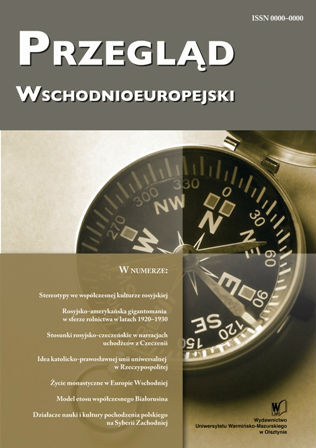
The question whether Eastern Europe is possible and necessary rarely arises among historians of idea. This problem does not play any significant role in various diagnoses related to the future of the world, either. Nevertheless, it seems that posing this question seems well-grounded. This article is an attempt to consider what created and determined the civilizational space of Eastern Europe in the period from the Middle Ages to the 19th century and what actions and ideas influenced the nature of this part of the Old Continent. Selected “polonica” have also been placed in the context of “easterness”.
More...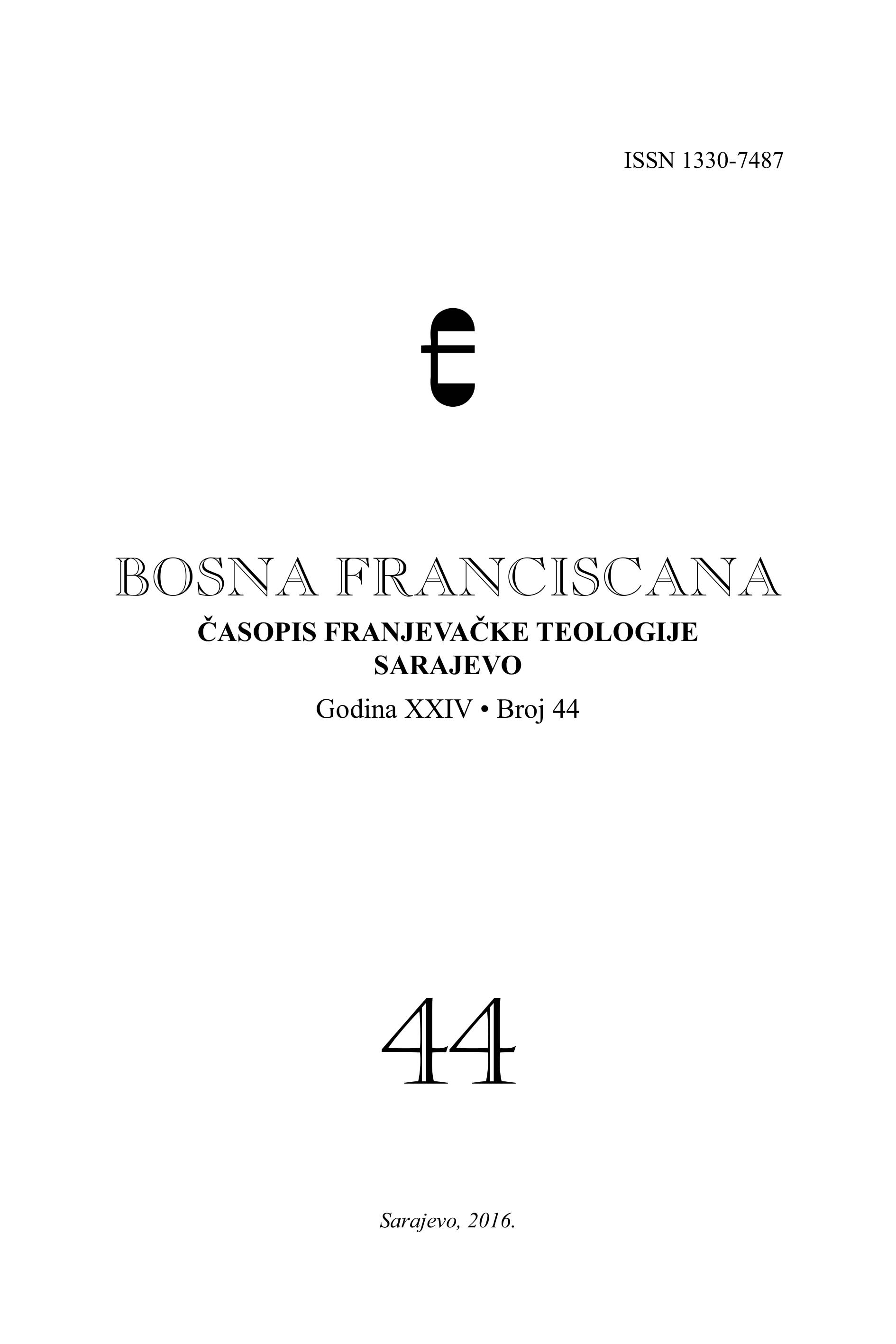
Celibat ili beženstvo klera – da li je po sebi apsolutno nužan – nije teološko, dogmatsko-moralno, nego prije svega u Katoličkoj crkvi disciplinsko-pravno i pastoralno pitanje.1 U prvim vremenima Crkve sveti red se podjeljivao kako neoženjenim tako i oženjenim muškarcima, koji su se odlučili posvetiti služenju Bogu i oltaru, pa je među klerom bilo neoženjenih i oženjenih biskupa, svećenika i đakona. Na ređenje su, dakle, pripuštani i oženjeni kandidati, ali su se vrlo rano u pojedinim krajevnim crk vama počele donositi odredbe da se oženjeni poslije ređenja trebaju suzdržavati od bračnih odnosa. S vremenom je, međutim, došlo i do uvođenja beženstva klera, ali je prošlo dosta vremena da se to u praksi posvuda i provede.
More...
The issues of creation and development of palace land ownership and formation of palace volosts in the Kazan district are studied in the article on the basis of cadastre descriptions. The paper defines the areas of preferable resettlement of peasants and compact nested localization of palace settlements, their population, number of yards as well as number and time frames of the stages of population migration to the Middle Volga Region from the central districts. An extensive factual material is given on the dynamics of population of peasant and solitary men’s yards and palace settlements.
More...
For centuries, the amanat (hostage-taking) institution was an important attribute of diplomatic relations between the Russian state and countries located to the south and east of it (Caucasus, Volga region, Siberia, etc.). This institution existed discretely during the period of 1553–1864 in Circassian–Russian relations, including Kabardian–Russian ones. By the year 1722, the amanat institution was renewed following the rupture of Kabardian–Russian relations that lasted for 25 years. The analysis of Kabardian–Russian relations on the eve and during the Persian Campaign undertaken by Peter I was carried out in this paper on the basis of the documents introduced for the first time into scientific circulation. The archival materials made it possible to reveal previously unknown aspects of the strategy and tactics used during the Persian Campaign of 1722. First of all, they concern the role of Kabarda in the Caucasian policy of the emperor and the amanat institution in bilateral relations during the 1720s, as well as the influence exerted on Kabardian–Russian relations by the renewal of the diplomatic amanat institution.
More...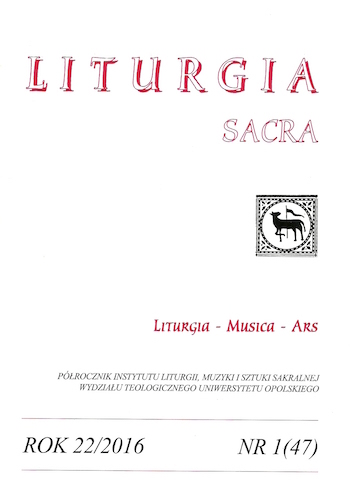
Domenikos Theotokopoulos known as El Greco up until 1589 lived in the palace of Marquis de Villeny, where he returned in 1604 and stayed there until his death (1614). The items owned by the painter were listed in two inventories composed by his son Jorge Manuel in 1614 and 1621. In the light of those sources both the equipment of the painters’ house and his library appear very modest. The library of Theotokopoulos was carefully selected paying special attention on the humanistic works. There were twenty seven books in Greek; the majority of the library included works written in Italian while the Latin books were few indeed, except some Italian translations of some works of the ancient Roman culture. Also the Spanish editions were not much in comparison with the Italian ones. His library can testify to his special interests in humanism; perhaps it shows also the profile of his education. Unfortunately after his death and after the confiscation of his goods in 1622 the library was irretrievably lost.
More...
Caucasus can be considered as one of the most unique regions of the world in the number of peoples living there. This region, which plays a role as a bridge between Asia and Europe, from ancient times is an area of contact of different peoples with each other. The most numerous of the peoples in the Caucasus, are the Turks. Azeris, Karachays, Balkarians, Kumyks, Nogai, now living in the Caucasus, are descendants of the Cimmerians, Scythians, Huns, Bulgars, Khazars, Oguzs, Kipchaks and other tribes. Over the millennia, they left a big imprint on the history and fate of the region. Turkic peoples of the Caucasus are the heirs of the kingdom of the Scythians, the Huns state, the Khazar khanate, the Great Bulgar state, Alanya, Kumani, the Golden Horde and other states.
More...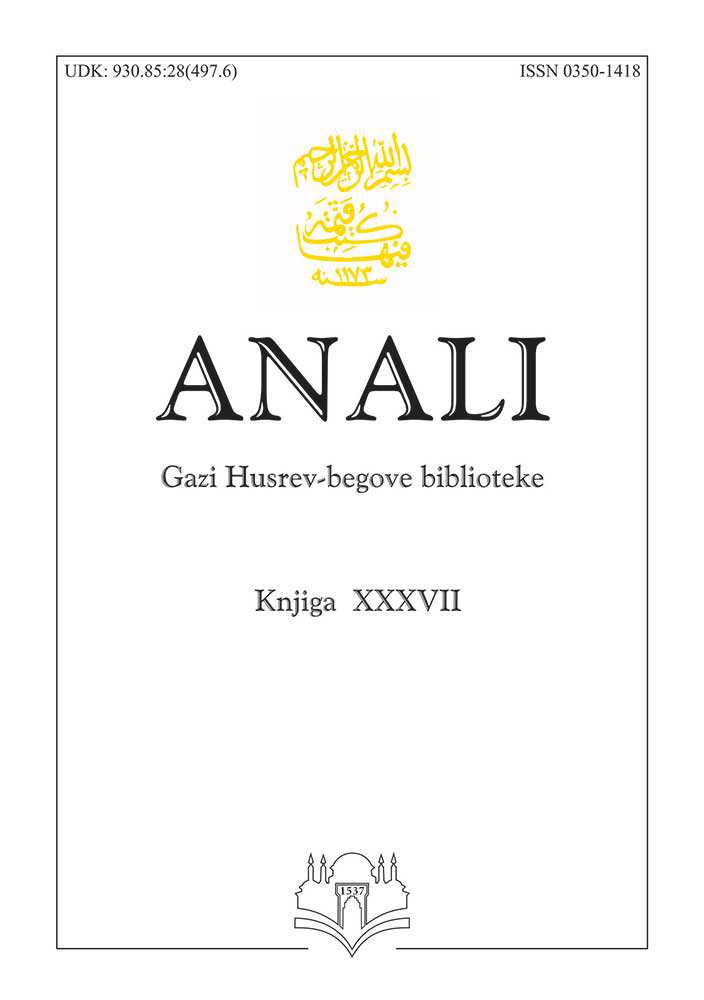
The paper deals with the renewed muafiyet of ahali in the kasaba and of re-establishment of a market day as an important need by all of its inhabitants. In addition to being intensively credited by Krzlaraga Mustafa-aga, muafiyet was the second important factor of the development of the kasaba. According to the renewed muafname, as well as according to the manner in which authorities produced documents to solve the issues of tax exemptions and benefits to certain categories of persons, it can be concluded that muafiyet referred to the ahali of the kasaba. It also explains the term ahali that, as related to the mentioned muafiyet, referred to persons who were eligible for and capable of initiating and maintaining the agricultural development of a certain kasaba. The privileges of tax exemption awarded through the first muafname of 1591 to inhabitants of newly established kasaba referred to the inhabitants personally, providing they “revive and urbanize the place”, i.e. the kasaba. However, after the issuance of a renewed muafname, it can be seen that the authorities such as vali and kadi, based on the text of muafiyet, approved privileges to ahali of the kasaba not only for use of wakf land within the limits of stipulations of the first hududname of 1590, but also for their own land out of wakf. For urban development of the kasaba of that time, it was not enough to just establish the center of the town. Because of agriculture as a prevailing industry of the time, cultivation of land was essential regardless of the fact whether it belonged to wakf or not. Muafiyet awarded to the ahali at the time of the establishment of the kasaba, which after expiry of muafname in 1697 and its renewal in 1734, was valid all until 1844. The paper explains another significant decision of 1590 connected with Varcar Vakuf. Although it was determined that the regular market day be set, there was no market day after 1697. After the attack by Austrian army and after displacement of the kasaba population, the market day was not established before 1805 although it was not on Friday as before but on Sunday.
More...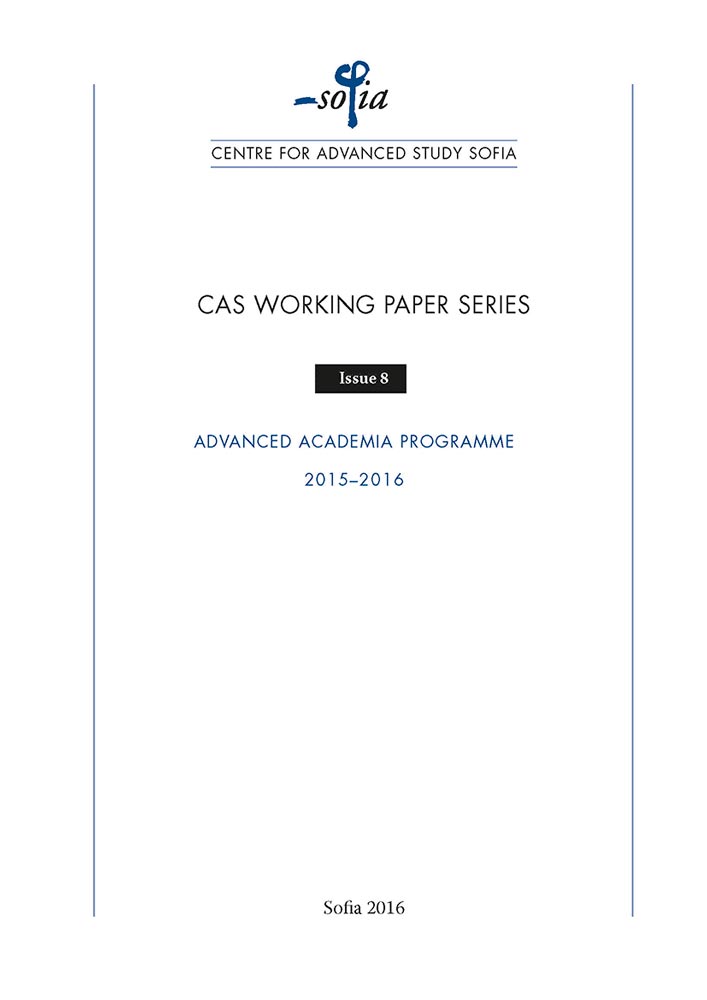
This project deals with the times of Suleiman the Magnificent (1522–1566) and the doge Andrea Gritti (1523–1538). However, the basic problem it focuses on is information – the information that Venice collected through its diplomatic envoys in the capital on the Bosporus and which is preserved to this day in the Venetian archives. Of course, the gathering of information on the Turks, the appearance and development of the so-called genre “delle cose dei Turchi” certainly did not first arise at that time. Interest in the subject goes back to Byzantine times and naturally continued after the conquest of Constantinople. Venice was in a most advantageous situation in this respect, for it had knowledge about the territories and its population accumulated over centuries, as well as commercial and economic ties of centuries’ standing with various cities and ports. This knowledge and these skills were handed down over the years by its officials, merchants and diplomats and preserved through documents in its archives. Venice played a major role in collecting information and carrying it over from the East to the West. Merchants were the most active factors in this activity. Subsequently, especially in the 16th century, these processes achieved a completed form with the development of diplomatic practices and the functioning of the Venetian system of governance, developed into numerous offices and chancelleries of the Serenissima. Their most outstanding manifestations were the famous Venetian relazioni – the reports by diplomatic envoys of the Republic, ceremoniously presented to the Senate. The first preserved written texts of this kind date back to the late 15th century.
More...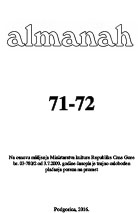
Graditelj „Kolo“ džamije je Hadži Mehmed Кapudžibaši Hamza-aga koga ubrajamo u red najistaknutijih graditelja Novog Pazara. U osmanlijskim izvorima je poznat s kraja XV i početka XVI vijeka, kada je u istoimenoj mahali podigao džamiju i 25 dućana, zbog čega se uz osnivača grada Isa-bega Ishakbegovića, smatra jednim od najvećih vakifa svoga doba. U ovom radu je obrađena prošlost Кapudžibašine džamije, izgrađene u istoimenoj Кapudžibaši Hamza mahali, poznatije kao “Кolo” džamija, koja se u istorijskim izvorima pominje kao najveća novopazarska džamija. Džamija je zbog oštećenja u bombardovanju 7. novembra 1944. godine postala neupotrebljiva, a njeni ostaci uklonjeni 1957. godine.
More...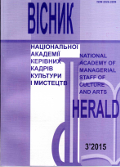
The article analyzes the process of becoming veksylolohichnyh traditions of the Cossack state (XVI – XVIII). Ukrainian Cossacks represented the Armed Forces of Ukraine in the XVI – XVIII centuries. Formed on the basis of state-forming forces (first Zaporizhzhya Bazavluk January 1590 – in 1638 and Cossack State Khmelnytskoho 1648 – 1657) from the end of the XVI century. became known Zaporizhia Army. By Cossack watches KLEYNOD, that character troops pertained regimental flags, centesimal icons hetman Bunchuk; Military music – drums; Cossack attributes of power – mace Hetman, colonels pernachi; Rush military judges, clerks ink.At first glance, this vast list of subjects for understanding and have irregular, random. But it reflects a concept, general requirements and aspirations to develop their own Cossack culture of the people – writing (scribes ink), Justice (Rush military judges), spirituality (music – drums), state (attributes Cossack power – mace Hetman, colonels pernachi) and Orthodox state (flags with symbols that reflect the essence of the aspirations of the Ukrainian Cossacks).History of prapornytstva Cossack army and origin veksylolohichnyh tradition meets the basic stages of formation of the Cossack state. Note that in pervogo Cossacks flags received. The emphasis on the fact of receipt of flags from different sources – from kings of the Commonwealth or of Muscovy, Russian Empire, the Ottoman Empire, Crimean Khanate, the Habsburg Empire, and even both at once a sign of their presence on the content of a pattern. Hiring of the European, and not just the Army, Cossack detachments received flags as symbols of mercenary. This shows the impact on the development of the Cossack state's own system of symbols in prapornytstvi other traditions of Ukrainian Cos-sacks – European, Moscow, Asian. During the Liberation War XVII. Cossack regiments at their own expense "stroyily", ie produced their flags of various sizes, formats and colors.So awarded the Cossack army flags of other countries have symbols of states and wore a sign of subordination, membership Cossack troops those countries. Cossacks honor bestowed flags. However, they had their own preferences, which were based on folk traditions. It turned out well during the war, proving the historical sources and preserved in museums originals flags.Significant prosperity acquired Ukrainian military in prapornytstvo legendary Cossack hetman day of the second half XVII. During the long years of constantly enrich, strengthen national features in form and content, the creation of regimental, centesimal banners, flags for military campaigns. Among the heraldic symbols that they used the Cossacks on their banners – sun, moon, crescent, six-, seven-, vosmykonechni stars, weapons, circles depicting saints. As an ex-ample, the 36 flags of the regiments Zaporozhian first half of the seventeenth century. Image 9 times find Michael, The-otokos – 8, Nicholas – 7, George – 3 [16, 747].Obverse and centesimal regimental flags had been a new logo – knight Cossack with a gun in yellow (golden) shield on a blue field panel, reverse – regimental or squadron emblem corresponding to the specified color image. Only after the abolition in 1764 Cossack with a gun disappears from government seals, but later appears as a sign of the Kuban Cossacks Black Sea [33, 11].Prapornytstva Cossack traditions have evolved and during the eighteenth century. In 1709 Cossack regiments and Cossacks huts that remained loyal to Ivan Mazepa, had their own flags, "Eagle archangel and Ukraine Zaporozhye povivaly of the army" [32, 128]. In 1712 Peter I issued the act whereby regiments had flags to produce the Armory in the Kremlin. In the Cossack prapornytstvo all nastiylyvishe penetrates Moscow heraldic tradition. During the second half of the XVIII century. to some extent continued "unification" colors and images on the banners of Cossack regiments. It can be explained by the design of the Cossacks as a specific part of the Russian army at the time, which contributed to relative institutionalization flags samples for this kind of armed forces. In the second half of the eighteenth century. there was an established system images on regimental and centesimal signs: national emblem – the double-headed eagle, the national emblem – a Cossack with a musket and arms of regimental and centesimal cities. Striking evidence of this is the flag Domontovskloyi hundreds Pereyaslav Regiment [1, 283].Thus, the Cossacks historiography symbols indicates the presence of sufficient historical sources and artifacts that reveal the theme of the origin and development veksylolohichnyh traditions of Cossack troops in XVI – XVIII centuries. Symbols Cossack state, which found reflection in the flags passed a difficult way of evolution. First, the foundation were taken heraldic symbols of the Polish-Lithuanian state – the Commonwealth. Later in the Russian cossack banners appear, Austrian, Turkish state symbols. Employing Cossacks for military campaigns, monarchs gave them jewelry, which then remained in the camp. This stage of the use of symbols of the protectors. During the Liberation War 1648 – 1654 рр. Cossacks produced their own idea of symbols and colors flags, flags of different colors used with the image of stars, crosses, month, or hetman territorial emblems. The second half of the eighteenth century. became Ukrainian Cos-sack era heyday own prapornytstva.
More...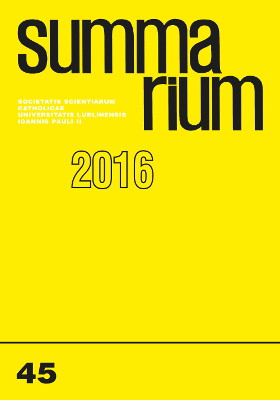
Transfiguration of Jesus and its cult in Parish of Rachanie (Diocese of Zamość-Lubaczów)
More...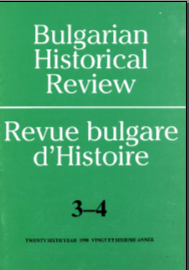
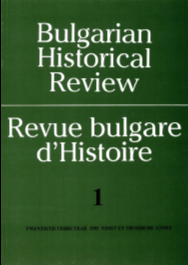
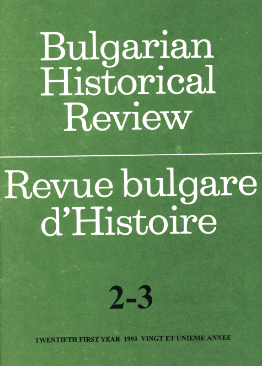
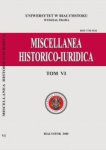
The question of concubinage was very often mentioned in the sources of Polish synodal legislation in 12th–18th centuries. This extramarital union between a man and a woman was defined by the Latin term concubinatus. The more descriptive expressions used to explain this relation are as follows: peccandi libidinum, scelerata consuetudo or damnaticius status. The most extended terminology refers to the most relevant matter for the Catholic Church, namely to break with the sinful intercourse by the Christ’s faithful. The analysis of synodal decrees indicates that provided terminology expressed moral and legal qualification of living in concubinage. It was characterized by the pejorative meaning. Undoubtedly, it reflected the negative attitude of the Church towards these extramarital relations and people remaining in them. Provided terms applied mostly to clerics living in statu concubinatu. It shows how much attention the ecclesiastical authorities pay to clerical discipline. However, the fragments regarding the fight with concubinage of Christ’s faithful are less common. Particular legislators broadly used the terminology provided by the universal Canon law.
More...